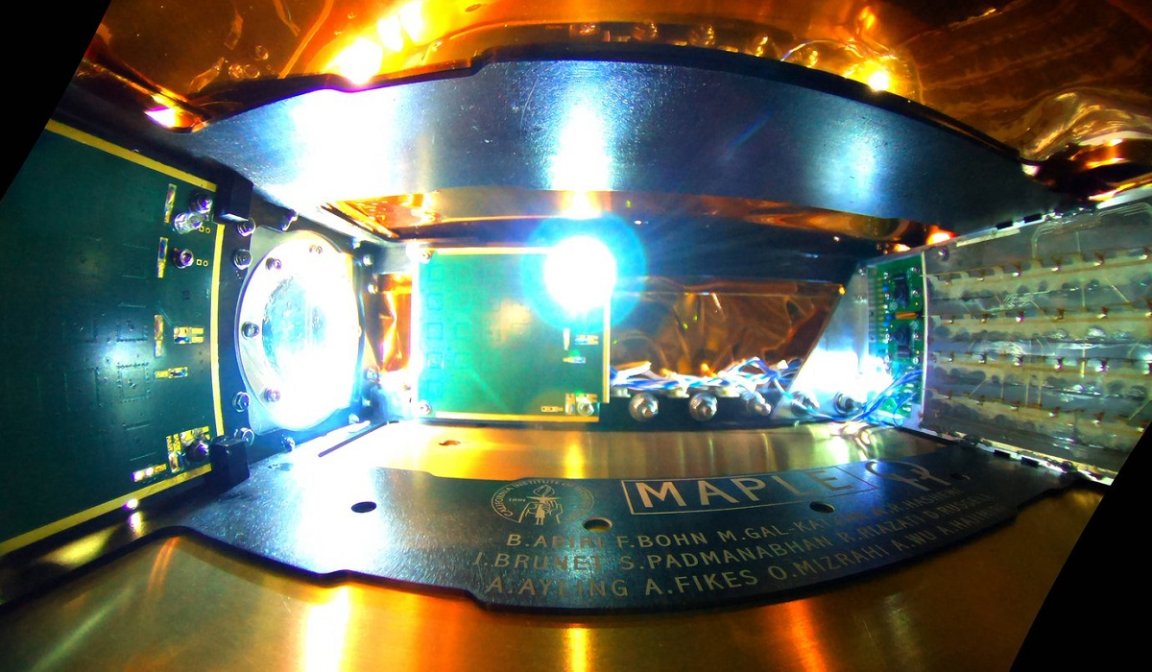
Remote Power
In a remarkable first, scientists at the California Institute of Technology say they’ve successfully transmitted solar energy gathered by a satellite in orbit down to the Earth’s surface, as well as to nearby receivers in space.
Dubbed the Microwave Array for Power-transfer Low-orbit Experiment (MAPLE), the experiment was launched back in January as part of an exciting triptych of tests from Caltech’s Space Solar Power Project (SSPP).
“Through the experiments we have run so far, we received confirmation that MAPLE can transmit power successfully to receivers in space,” SSPP co-director Ali Hajmiri said in a press release. “We have also been able to program the array to direct its energy toward Earth, which we detected here at Caltech.”
“We had, of course, tested it on Earth, but now we know that it can survive the trip to space and operate there,” Hajimiri added.
Light Structures
The MAPLE transmitters were launched aboard the Space Solar Power Demonstrator (SSPD). According to the researchers, the microwave transmitters make use of constructive and destructive interference plus precise timing controls to focus and direct the energy collected by solar panels equipped on the SSPD.
In their testing, the scientists were successfully able to transmit energy to two separate receivers in space roughly one foot away, unshielded from solar radiation.
“To the best of our knowledge, no one has ever demonstrated wireless energy transfer in space even with expensive rigid structures,” Hajmiri said. “We are doing it with flexible lightweight structures and with our own integrated circuits. This is a first.”
Of course, the more mind-blowing feat is that Hajmiri and his team were able to send power all the way down to the Earth’s surface, where a receiver on the roof of a building on the Caltech campus picked up a signal matching the scientists’ predictions.
Energy Anywhere
In theory, if this technology can be scaled up, it can be used to circumvent solar energy’s biggest drawbacks on the ground: the weather and the night. Above the clouds and unshackled from terrestrial cycles, a solar panel in space could have almost unmitigated access to the Sun’s rays.
The problem with using space-based solar power is getting the energy down to Earth, but if SSPP scientists have their way, that barrier could eventually be circumvented.
“In the same way that the internet democratized access to information, we hope that wireless energy transfer democratizes access to energy,” Hajmiri said. “No energy transmission infrastructure will be needed on the ground to receive this power. That means we can send energy to remote regions and areas devastated by war or natural disaster.”
More on energy: Nuclear Fusion Startup Gets Funding for Twisty-Looking Reactor